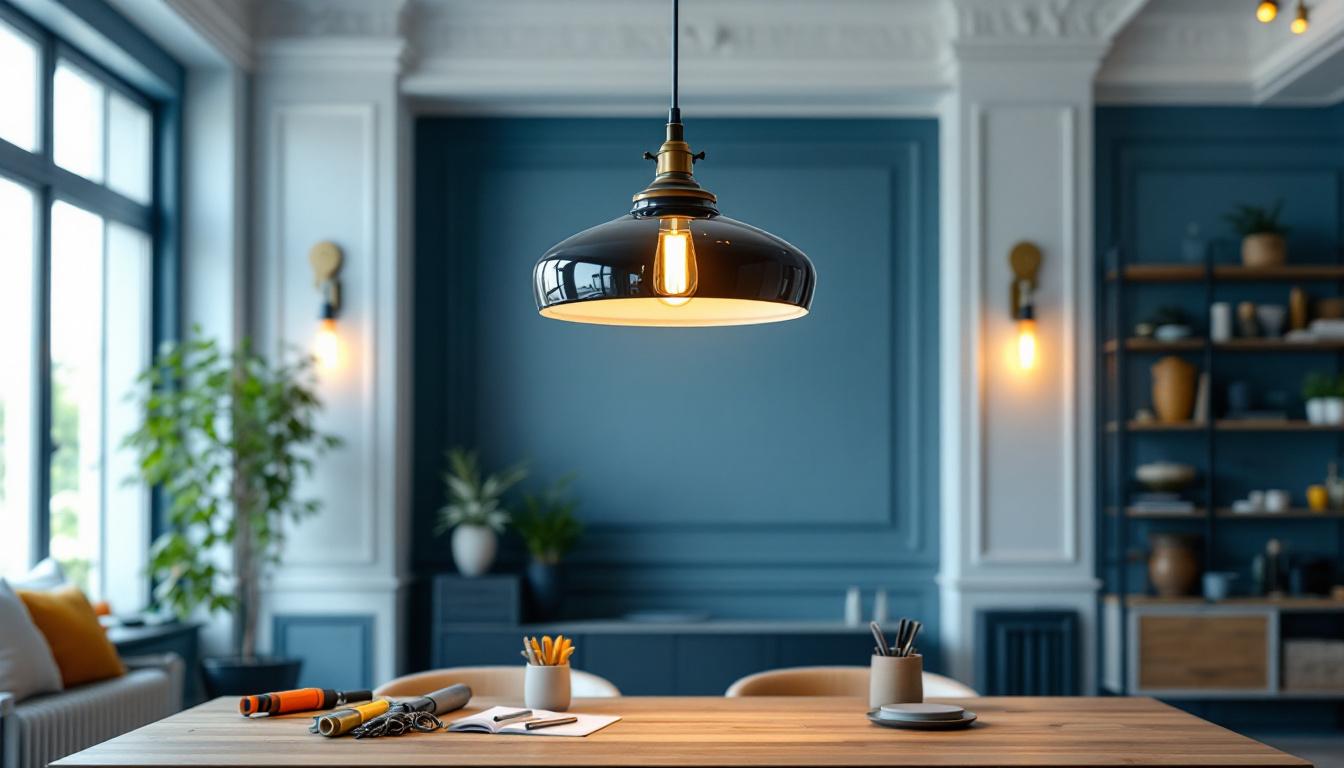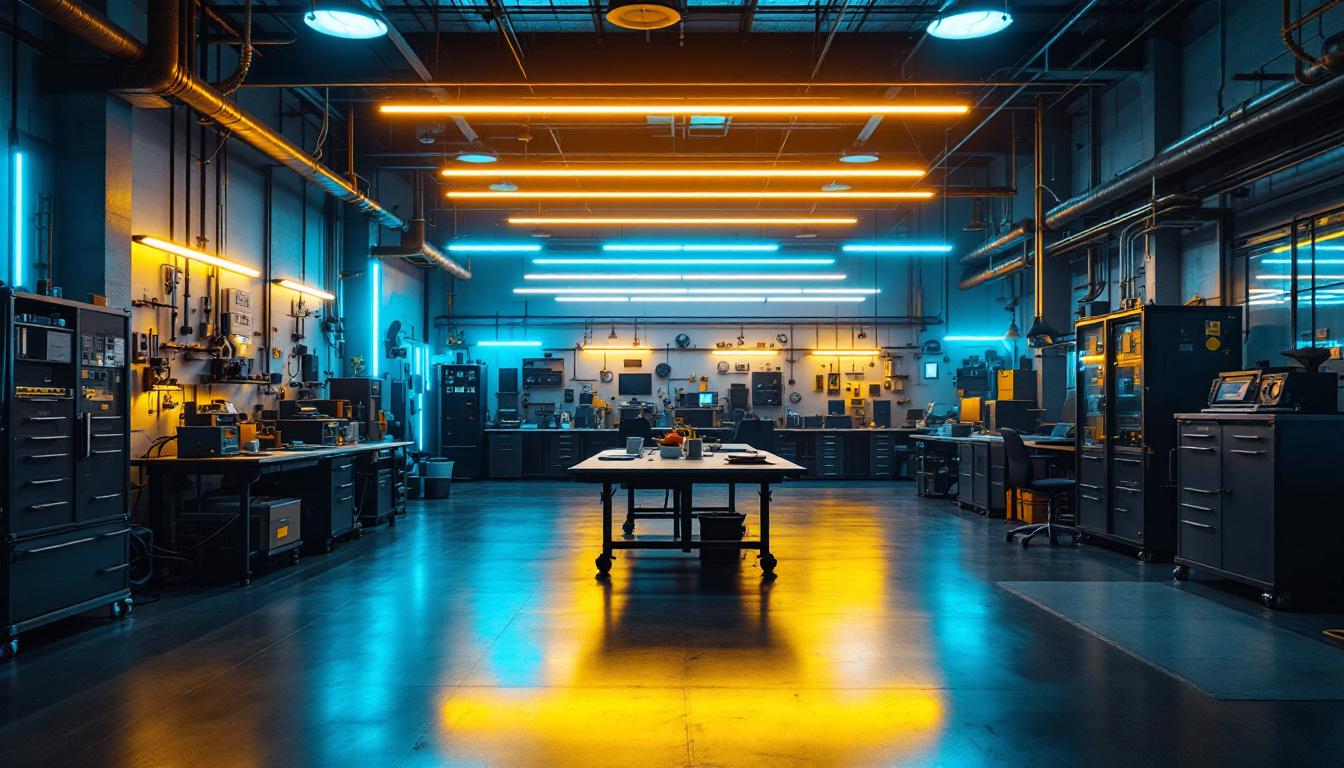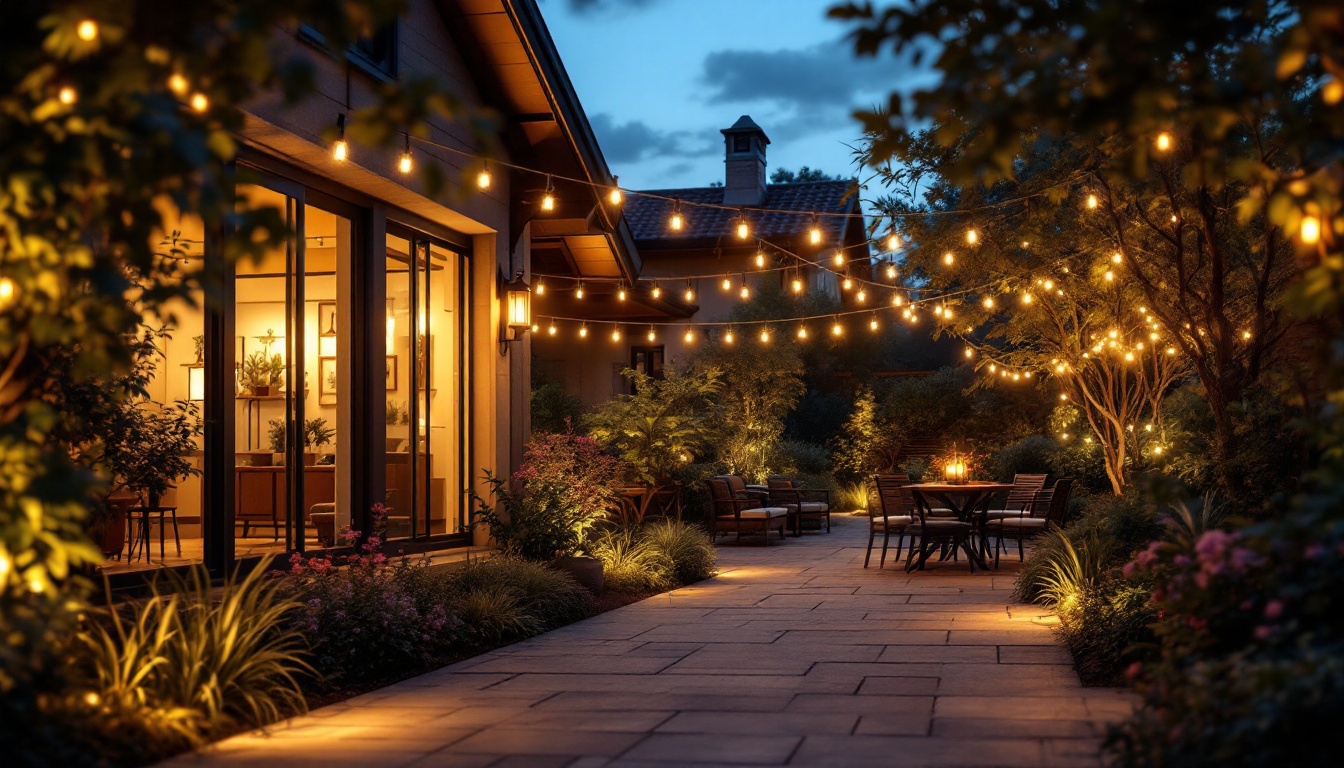
In the world of lighting design, pendant fixtures have emerged as a popular choice among homeowners and commercial spaces alike. Their versatility and aesthetic appeal make them a staple in modern interior design. For lighting contractors, mastering the nuances of pendant lighting is essential to providing clients with exceptional service and innovative solutions. This article explores various resources that can help lighting contractors enhance their expertise in pendant fixtures.
Pendant lights are fixtures that hang from the ceiling, typically suspended by a cord, chain, or rod. They come in various styles, sizes, and designs, making them suitable for different applications—from kitchen islands to dining areas and even entryways. Understanding the fundamentals of pendant lighting is crucial for any contractor looking to excel in this area. These versatile fixtures not only provide essential illumination but also serve as decorative elements that can tie together the overall design of a space.
There are several types of pendant fixtures, each serving unique purposes. Some of the most common types include:
Each type of pendant fixture can dramatically alter the ambiance of a space. For example, single pendants can create a cozy, intimate atmosphere when used in pairs over a small dining table, while multi-light pendants can serve as a stunning focal point in larger rooms, drawing the eye upward and enhancing the perception of height. Understanding these distinctions allows contractors to recommend the right fixture for their clients’ needs, ensuring both functionality and style are achieved.
When selecting pendant lighting, several design factors must be taken into account. The height at which a pendant is hung can significantly impact the overall look and functionality of the space. For instance, pendants over a dining table should typically hang 30-36 inches above the surface to ensure adequate lighting without obstructing views. This height not only provides sufficient illumination for dining but also maintains an open line of sight, fostering conversation among guests.
Additionally, the style of the pendant should complement the existing décor. Whether it’s a sleek modern design or a rustic farmhouse style, the right pendant can enhance the overall aesthetic of a room. Color and material choices also play a crucial role; metallic finishes can add a touch of glamour, while natural materials like wood or woven fibers can introduce warmth and texture. Furthermore, considering the bulb type—such as LED for energy efficiency or vintage-style for a nostalgic feel—can further tailor the lighting to suit the desired atmosphere. Ultimately, the thoughtful integration of pendant lighting can transform an ordinary space into one that is both functional and visually captivating.
To master pendant lighting, contractors can benefit from a variety of resources. These resources range from educational materials to industry-specific tools that can enhance both knowledge and skills.
Many organizations and platforms offer online courses and webinars focused on lighting design and installation. These educational resources can cover topics such as:
Participating in these courses not only expands knowledge but also provides contractors with certifications that can enhance their credibility in the industry. Furthermore, many of these courses are designed to be interactive, allowing participants to engage with instructors and peers, ask questions, and receive real-time feedback. This dynamic learning environment can significantly deepen understanding and retention of complex concepts related to lighting design.
Staying updated with the latest trends and technologies in the lighting industry is crucial for contractors. Subscribing to industry publications and following reputable blogs can provide valuable insights into pendant lighting innovations, design trends, and installation techniques.
These resources often feature case studies, expert opinions, and product reviews, which can help contractors make informed decisions when selecting fixtures for their projects. Additionally, many publications offer in-depth articles that explore the impact of lighting on mood and productivity, as well as the role of sustainable practices in modern lighting solutions. This knowledge not only aids in design but also equips contractors to better educate their clients about the benefits of high-quality lighting choices.
Joining professional organizations and attending trade shows can provide contractors with networking opportunities that are invaluable for growth. Engaging with peers and industry leaders allows for the exchange of ideas, experiences, and best practices.
Networking can also lead to potential partnerships and collaborations, further enhancing a contractor’s ability to deliver quality services to clients. Moreover, participating in local chapters of national organizations can help contractors build relationships within their community, fostering trust and reputation. These connections can also lead to mentorship opportunities, where seasoned professionals share their insights and experiences, helping newer contractors navigate the complexities of the lighting industry more effectively.
When it comes to selecting pendant fixtures for a project, several factors come into play. Contractors must consider the client’s preferences, the intended use of the space, and the overall design aesthetic.
Understanding the specific needs of clients is paramount. This involves discussing their vision for the space, how they plan to use it, and any particular styles they prefer. Conducting a thorough assessment can help contractors recommend fixtures that align with the client’s expectations.
Additionally, it is essential to consider practical aspects such as the amount of light required and the fixture’s energy efficiency. These factors can significantly influence the final decision. For example, in a kitchen where tasks such as cooking and food preparation are performed, brighter, more focused lighting may be necessary, whereas a dining area may benefit from softer, ambient lighting to create a cozy atmosphere.
Moreover, understanding the client’s lifestyle can further refine the selection process. For instance, families with young children might prefer fixtures that are durable and easy to clean, while those who entertain frequently may opt for more decorative options that serve as conversation starters. By delving into these details, contractors can ensure that the chosen fixtures not only meet functional requirements but also resonate with the client’s personal style.
Pendant fixtures come in a variety of materials, including glass, metal, wood, and fabric. Each material offers unique benefits and can contribute differently to the overall design. For instance, glass pendants can create a sense of openness and lightness, while metal fixtures may add a touch of industrial elegance.
Finish options also play a critical role in the selection process. Whether it’s a polished chrome, matte black, or antique brass, the finish should complement the other elements in the space. Contractors should be well-versed in these options to provide informed recommendations. Additionally, mixing and matching different materials and finishes can lead to a more personalized and eclectic look, allowing for creative expression within the design.
Furthermore, the choice of material can also affect the fixture’s longevity and maintenance requirements. For example, while wood fixtures bring warmth and texture, they may require more upkeep to prevent warping or fading over time. On the other hand, metal and glass options tend to be more durable and easier to clean, making them practical choices for high-traffic areas. Understanding these nuances can help contractors guide clients toward selections that not only enhance the aesthetic appeal of the space but also stand the test of time in functionality and style.
Proper installation of pendant fixtures is crucial for both safety and functionality. Lighting contractors must adhere to best practices to ensure that fixtures are securely installed and perform optimally.
Familiarity with local electrical codes and safety standards is essential for any lighting contractor. Ensuring compliance not only protects the contractor but also the clients and their properties. This includes understanding load capacities, wiring requirements, and proper grounding techniques.
Contractors should also be aware of any specific regulations regarding energy efficiency, especially when working on commercial projects. Adhering to these guidelines can enhance the overall quality of the installation.
Having the right tools is fundamental for successful installation. Essential tools for pendant lighting installation may include:
Investing in high-quality tools not only makes the installation process smoother but also ensures a professional finish. Contractors should regularly maintain their tools to ensure they are in optimal working condition.
The lighting industry is constantly evolving, with new trends emerging regularly. Staying informed about these trends can help contractors offer contemporary solutions that appeal to clients.
As sustainability becomes a priority for many homeowners, eco-friendly pendant lighting options are gaining popularity. Energy-efficient LED fixtures not only reduce energy consumption but also come in a variety of styles and designs.
Contractors should be knowledgeable about the benefits of LED technology and be able to recommend energy-efficient solutions that align with clients’ values and preferences.
The rise of smart home technology has also influenced pendant lighting trends. Many modern fixtures now come equipped with smart features, allowing homeowners to control lighting through their smartphones or voice-activated devices.
Contractors should familiarize themselves with these smart lighting options and be prepared to educate clients on their benefits and functionalities. This knowledge can set contractors apart in a competitive market.
Mastering pendant lighting is an essential skill for lighting contractors looking to excel in their field. By utilizing the right resources, understanding design considerations, and staying informed about industry trends, contractors can provide exceptional service and innovative solutions to their clients.
From selecting the perfect fixtures to ensuring proper installation and compliance with safety standards, every aspect of pendant lighting requires attention to detail and expertise. By continuously learning and adapting to new developments in the industry, contractors can enhance their skills and ultimately deliver outstanding results that exceed client expectations.
Ready to elevate your lighting projects with the finest pendant fixtures on the market? Look no further than LumenWholesale. We provide contractors with an exceptional range of spec-grade lighting products at prices that can’t be beaten. Say goodbye to unnecessary markups and hello to high-quality, reliable lighting that meets the strictest industry standards. With our commitment to affordability and convenience, you’ll enjoy free shipping on bulk orders, ensuring you get the premium lighting you need at the best value. Don’t compromise on quality or cost. Visit LumenWholesale today and discover the ideal lighting solutions for your next project.

Discover the transformative power of industrial LED strip lights with insights from expert lighting contractors.

Discover the transformative power of tape lighting with expert insights from top lighting contractors.

Discover the intricacies of automatic outdoor lighting systems with insights tailored for lighting contractors.

Discover essential insights for lighting contractors in this comprehensive guide on light bulbs and LED tubes.